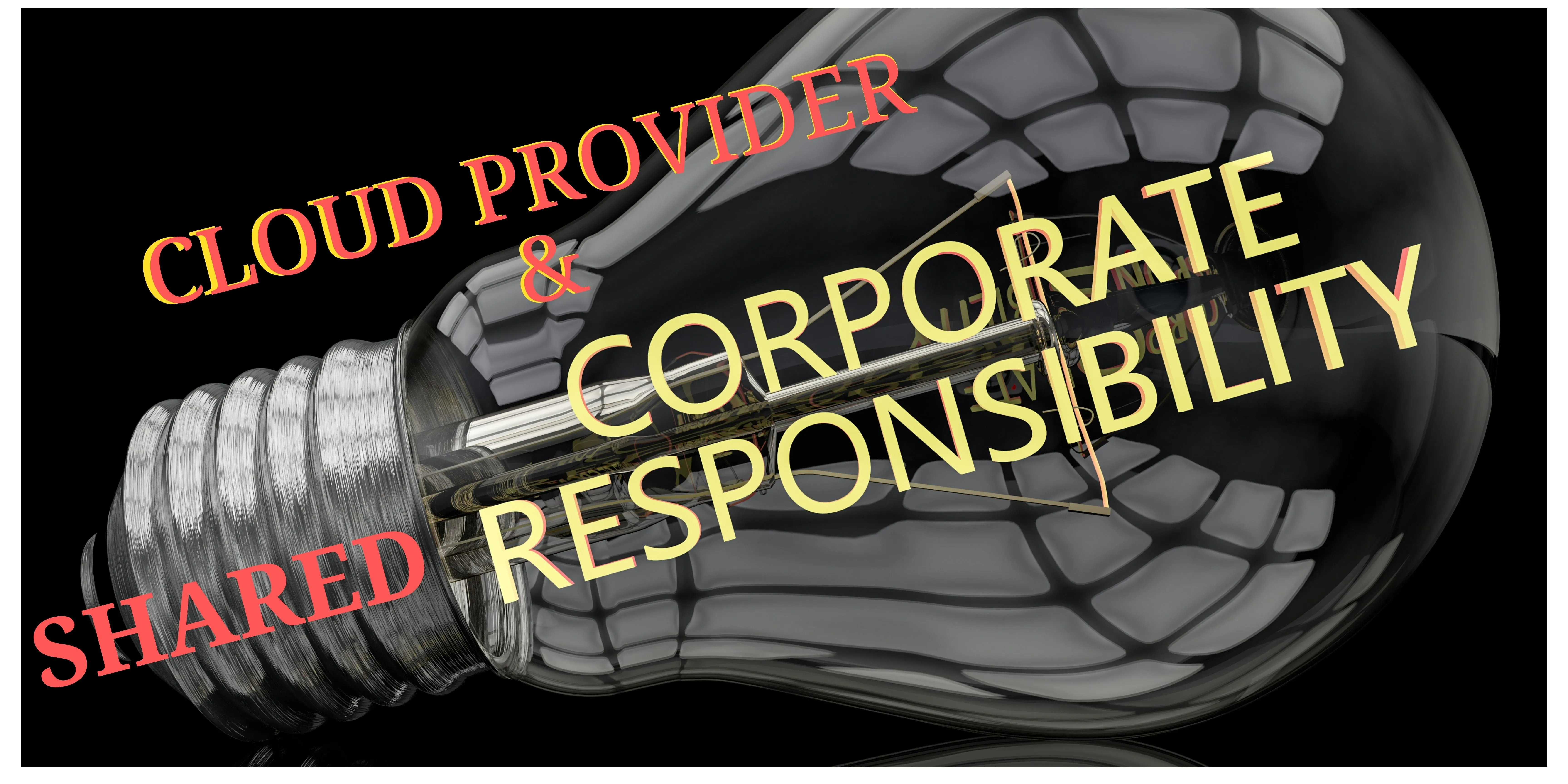
Organizations face many challenges with securing their datacenters, including recruiting and keeping security experts, using many security tools, and keeping pace with the volume and complexity of threats.
Cloud service providers adhere to a shared security responsibility model, which means your security team maintains some responsibilities for security as you move applications, data, containers, and workloads to the cloud, while the provider takes some responsibility, but not all. Defining the line between your responsibilities and those of your providers is imperative for reducing the risk of introducing vulnerabilities into your public, hybrid, and multi-cloud environments.
Shared Responsibility Varies by Provider and Service Type
In a traditional data center model, you are responsible for security across your entire operating environment, including your applications, physical servers, user controls, and even physical building security. In a cloud environment, your provider offers valuable relief to your teams by taking on a share of many operational burdens, including security. In this shared responsibility model, security ownership must be clearly defined, with each party maintaining complete control over those assets, processes, and functions they own. By working together with your cloud provider and sharing portions of the security responsibilities, you can maintain a secure environment with less operational overhead.
Defining the lines in a shared responsibility model
The key to a successful security implementation in a cloud environment is understanding where your provider’s responsibility ends, and where yours begins. The answer isn’t always clear-cut, and definitions of the shared responsibility security model can vary between service providers and can change based on whether you are using infrastructure-as-a-service (IaaS) or platform-as-a-service (PaaS):
In the AWS Shared Security model, AWS claims responsibility for “protecting the hardware, software, networking, and facilities that run AWS Cloud services.”
Microsoft Azure claims security ownership of “physical hosts, networks, and data centers.” Both AWS and Azure state that your retained security responsibilities depend upon which services you select.
While the wording is similar, shared responsibility agreements leave much open for discussion and interpretation. But there are always some aspects of security that are clearly owned by the provider and others that you will always retain. For the services, applications, and controls between those ownership layers, security responsibilities vary by cloud provider and service type. In a multi-cloud environment, these variations in ownership introduce complexity and risk. Each environment, application, and service require a unique approach for security assessment and monitoring. However, your overall security posture is defined by your weakest link. If you have a gap in coverage in any one system, you increase vulnerability across the entire stack and out to any connected systems.
Cloud security advantages
The cloud offers significant advantages for solving long standing information security challenges. In an on-premises environment, organizations likely have unmet responsibilities and limited resources available to invest in security, which creates an environment where attackers are able to exploit vulnerabilities at all layers.
The following diagram shows a traditional approach where many security responsibilities are unmet due to limited resources. In the cloud-enabled approach, you are able to shift day to day security responsibilities to your cloud provider and reallocate your resources.
By shifting responsibilities to the cloud provider, organizations can get more security coverage, which enables them to reallocate security resources and budget to other business priorities.
Relevant Courses that you may be interested in:







